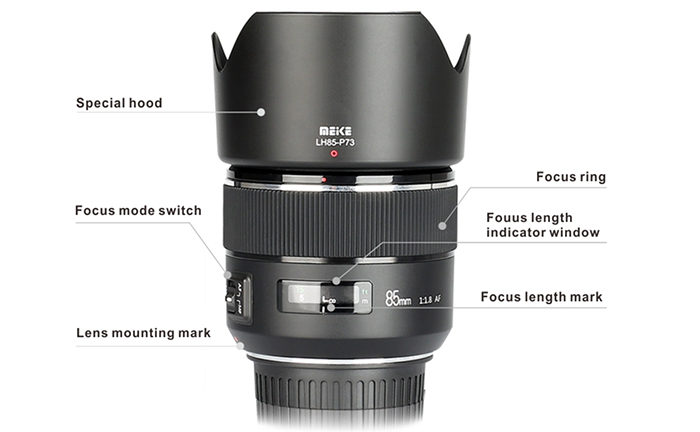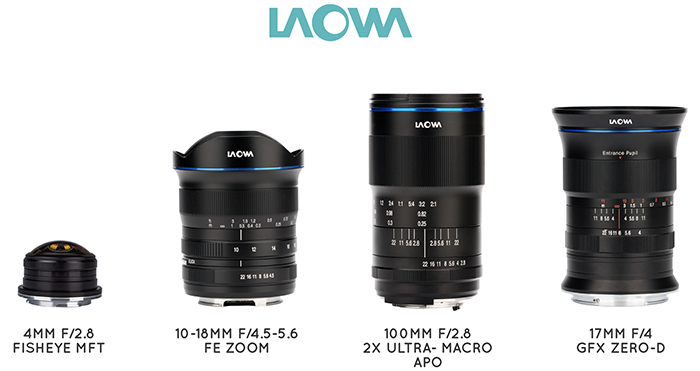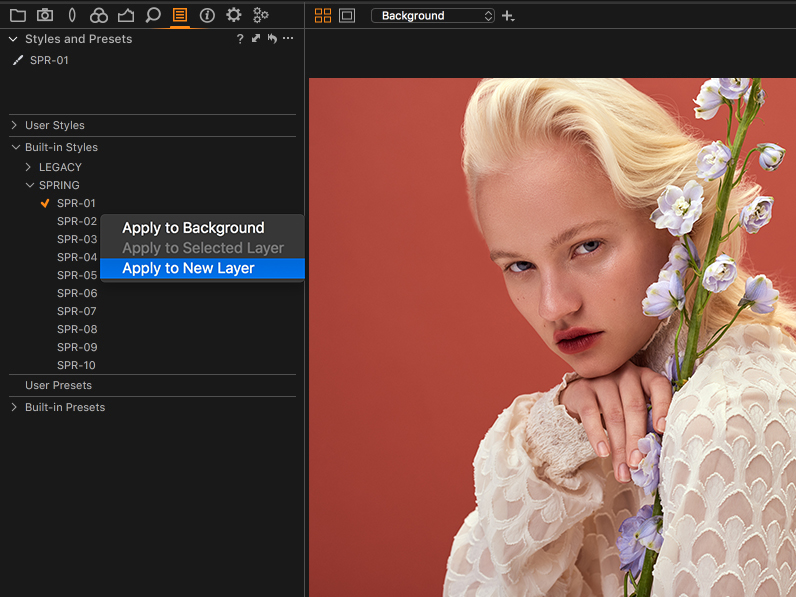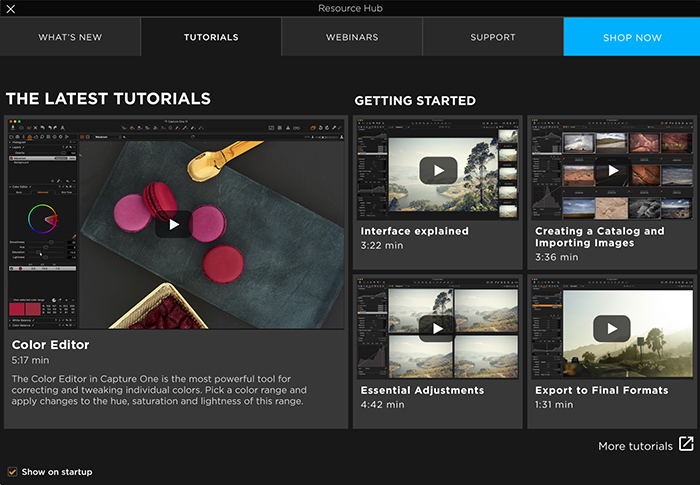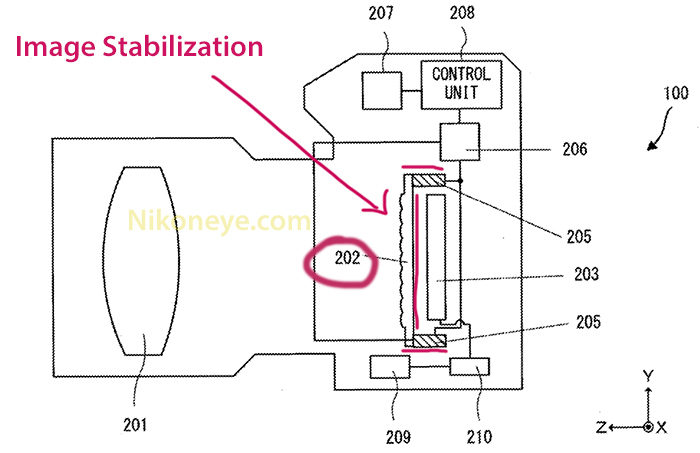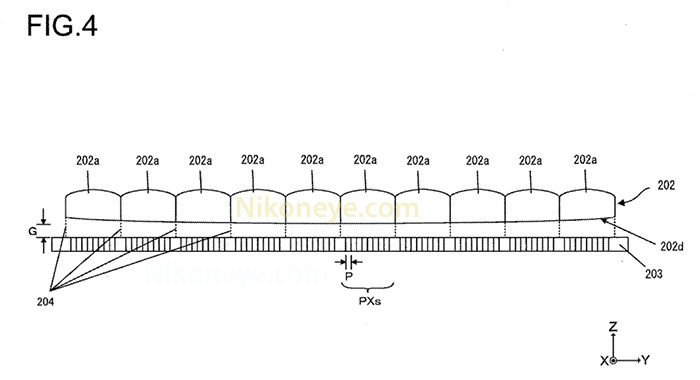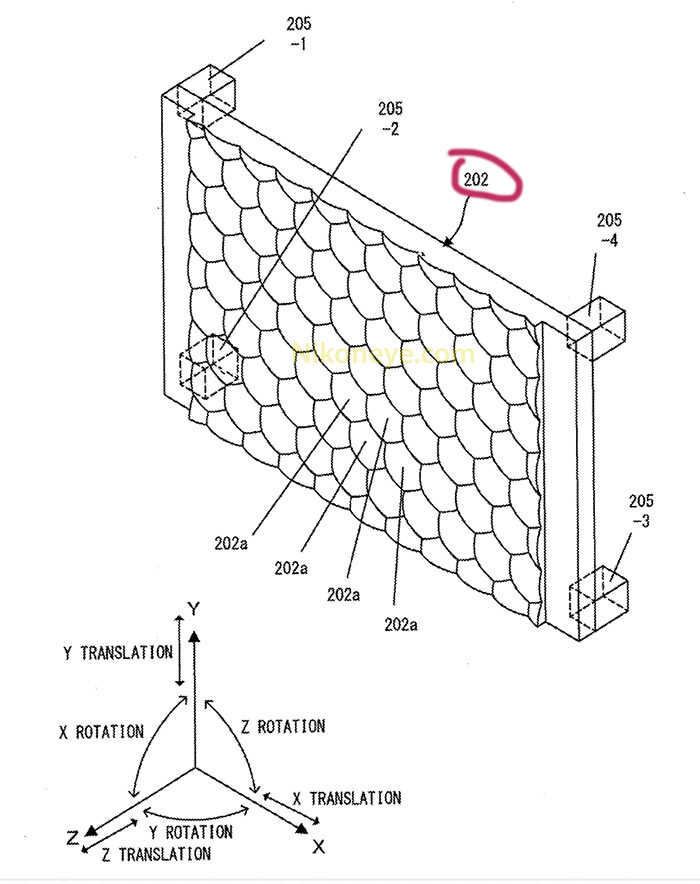Mario Crespi renderings of a new Fuji GFX, Nikon 1, Sony A7V and Sony A8000
An idea for a SONY a7V 3d Why Not? Notice the viewfinder and lens mount have been moved a few millimeters to the left in order to have better ergonomics. 4 dials have values on the digital top screen. Your thoughts? You may share. @SonyAlphaRumors @Sony @nikonrumors pic.twitter.com/e4rQJfMCW2
— Mario CRESPI (@iudaismus) April 23, 2018
Mario Crespi created this bunch of renderings. Nice work!
SONY a8000 3d Why Not? An idea for a new camera with a fully programmable dial with digital LCD. @SonyAlphaRumors @Sony #mirrorless pic.twitter.com/CaAHueW7lA
— Mario CRESPI (@iudaismus) April 22, 2018
NIKON 1 STR v Why Not? Here is an idea for a NIKNOT street camera. LCD dials fully programmable.
You could now have a camera a simple or as complicated as you would like. For retro style lovers, aperture, speed, ISO and ev, that would be heaven. What do you think? @nikonrumors pic.twitter.com/Iz67gInjJE— Mario CRESPI (@iudaismus) April 19, 2018
Fujifilm GFX-100RD#fujifilm #fujifilm_gfx #mediumformat #gadgets #photography@FujifilmUS @FujifilmX_US pic.twitter.com/mxD5ze9Bdv
— Mario CRESPI (@iudaismus) April 8, 2018
